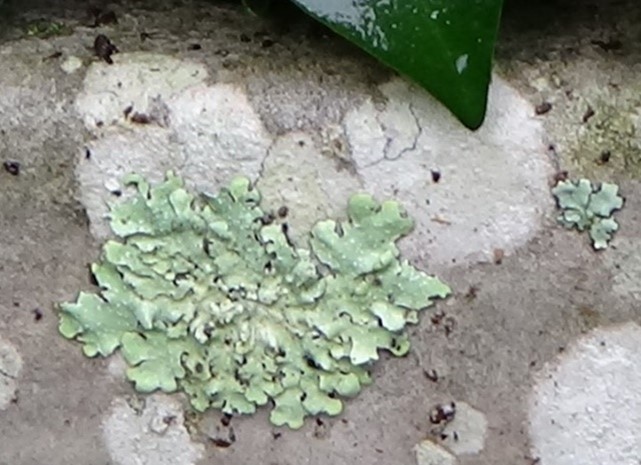ANR
-

We often get calls from concerned residents about a “fungus” growing on trees and killing them. Usually, the growth is lichen (pronounced like-in). While this example of nature’s creativity may be a sign of trouble with the tree, it is not the cause. Lichens are the product of a mutually beneficial relationship between an ascomycete…
Posted in: ANR -

There’s a new tick in town – well, almost. The Asian longhorned tick (Haemaphysalis longicornis) was identified in New Jersey in 2017 and has been moving down the eastern seaboard, reaching South Carolina and eastern Tennessee last fall. It’s just a matter of time before it gets to Georgia.
Posted in: ANR -

We have finally made it to summer, and after such a difficult year many of us are looking forward to the respite of a good vacation. As you pack for a get-away, remember that your plants will be stuck home alone. Here are a few watering solutions to keep them thriving. The best way to…
Posted in: ANR -

There has been a lot of interest in native plants in recent years, for some very good reasons. Although some may consider native plants less striking than some introduced or cultivated species, with thoughtful selection and planning, we can use native plants to create a landscape that is more sustainable, more ecologically useful, and just…
Posted in: ANR -

With warmer weather, many of us are enjoying more time outside. Unfortunately, many motorized outdoor toys and tools create noise at levels that damage hearing. Noise-induced hearing loss can have life-impacting consequences. With the use of hearing protection devices, however, we can enjoy the benefits or motorized tools and still preserve our precious hearing.
Posted in: ANR -

Carpenter ants are the largest of the pest ants found in our area. There are two species in Georgia: black carpenter ants and Florida carpenter ants. Black carpenter ants are dull black with yellowish hairs covering their abdomens. Florida carpenter ants have a deep reddish colored head and thorax and a shiny black abdomen. They…
Posted in: ANR -

Pawpaws (Asimina triloba) are small, hardy, native trees that make a lovely addition to landscapes. While many trees boast spring blooms, pawpaw flowers turn into edible fruit that feeds people as well as wildlife. The tree is the host plant for zebra swallowtail butterflies.
Posted in: ANR -

With warmer weather, outdoor adventures are beckoning us to go play, explore, and learn. Georgia agritourism offers many different outdoor activities in the neighborhood or within daytrip distance. And just in time, the 2021 Farm Bureau Farm Passport is ready for pick-up at local Farm Bureau and UGA Extension offices.
Posted in: ANR -

American fringetree (Chionanthus virginicus) is a small, ornamental tree native to the southeastern U.S. With features like clusters of fragrant, white flowers in the spring, golden-yellow leaves in the fall, a slow growth rate, and little need for pruning, American fringetrees are a worthy, low-maintenance addition to home landscapes.
Posted in: ANR -

Our recent Georgia Arbor Day celebrations gave us opportunities to appreciate the many benefits of trees. These majestic plants are essential elements for many ecosystems. They provide habitat and nourishment for wildlife and other plants, reduce soil erosion, and influence the weather. On the human side, trees give us beauty and shade, improve our physical…
Posted in: ANR